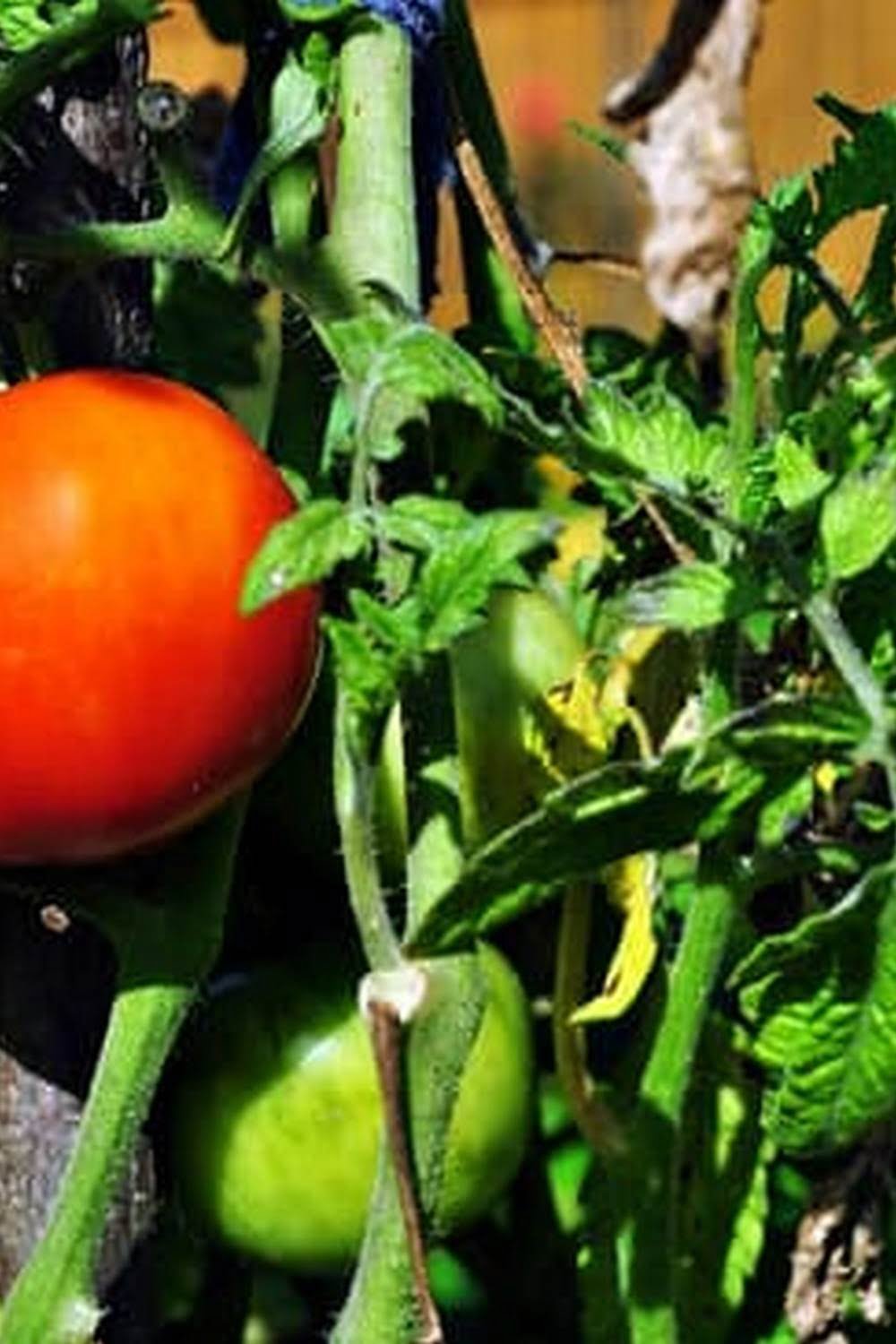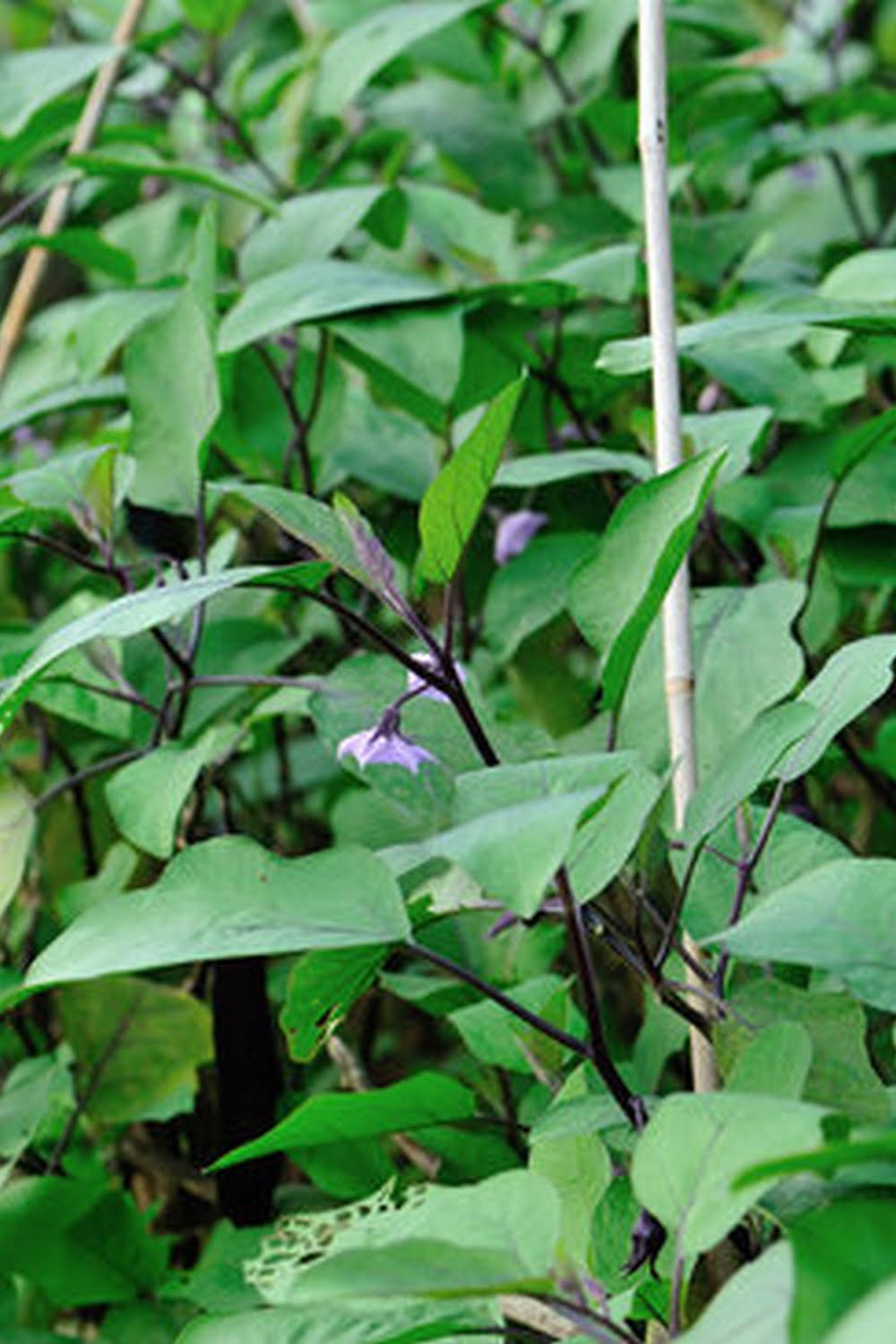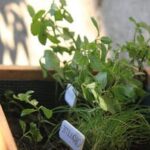Container vegetable gardens offer a convenient and accessible way to grow your own produce, even if you don’t have a traditional garden space. However, one of the most crucial factors in the success of these gardens is the type of soil used. In this article, we will explore what kind of soil to use for container vegetable gardens and why it is essential for successful growth.
Using the right soil mix in your containers can make a significant difference in the health and productivity of your vegetables. The composition of the soil directly impacts the moisture retention, nutrient levels, and overall plant growth. By understanding the importance of using the correct soil, gardeners can maximize their yields and ensure thriving plants throughout the growing season.
In the following sections, we will discuss various aspects of container vegetable gardening, including choosing the right containers, understanding soil composition, pH levels, recommended soil mixes, DIY options for creating your own customized blend, fertilization and nutrient management, as well as maintenance and troubleshooting tips. By the end of this article, you will have a comprehensive understanding of how to select and prepare the best soil for your container vegetable garden.
Choosing the Right Containers
When it comes to container vegetable gardening, choosing the right containers is crucial for the success of your plants. There are various types of containers to choose from, each with its own advantages and disadvantages. The first thing to consider when selecting a container is size. The general rule is that larger containers are better because they can hold more soil, retain moisture better, and provide more room for plant roots to grow.
Another important factor to consider is the material of the container. Common options include plastic, ceramic, terra cotta, wood, and fabric. Plastic containers are lightweight and affordable, but may not be as aesthetically pleasing as ceramic or terra cotta pots. Wooden containers are durable and offer good insulation for plant roots, while fabric pots provide excellent air circulation and drainage.
It’s also essential to choose containers that have adequate drainage holes at the bottom to prevent waterlogging, which can lead to root rot. If you opt for non-draining containers such as decorative pots or baskets, you can place plastic nursery pots inside them and lift them out for watering to ensure proper drainage.
Choosing the right containers for your vegetable garden depends on your specific needs and preferences as well as the requirements of the vegetables you plan to grow. Understanding the different types of containers available and their features will help you make an informed decision that will contribute to the health and productivity of your container garden.
| Container Type | Advantages | Disadvantages |
|---|---|---|
| Plastic | Lightweight, affordable | May not be aesthetically pleasing |
| Terra Cotta | Aesthetic appeal | Can dry out quickly due to porosity |
| Fabric | Excellent air circulation and drainage | Might degrade over time |
Understanding Soil Composition
When it comes to container gardening, the right soil mix is crucial for the success of your vegetable garden. The soil mix used in containers should be able to provide essential nutrients, support moisture retention, and allow for proper root aeration. Understanding the key components of a good soil mix for container vegetable gardens is essential for ensuring healthy plant growth.
Components of a Good Soil Mix:
- Organic Matter: Adding organic matter to the soil mix is important as it provides essential nutrients and improves soil structure. Compost, peat moss, or well-rotted manure are excellent sources of organic matter that can be incorporated into the soil mix.
- Moisture Retention: A good soil mix for container vegetable gardens should be able to retain moisture while also providing adequate drainage. Coco coir or vermiculite are commonly used to improve moisture retention in the soil.
- Nutrient Levels: The soil mix should contain a balanced amount of essential nutrients such as nitrogen, phosphorus, and potassium. Additionally, micronutrients like calcium, magnesium, and sulfur are also crucial for healthy plant growth.
Balancing these components will ensure that your plants have access to everything they need for successful growth and development. Understanding the role of each component in the soil mix will help you create an ideal environment for your container vegetable garden to thrive.
It’s important to note that different types of vegetables may require slightly different soil compositions. For example, root vegetables like carrots and radishes may benefit from a lighter, looser soil mix with excellent drainage, while leafy greens like lettuce and spinach may prefer a nutrient-rich mix with good moisture retention. Understanding the specific needs of the vegetables you plan to grow will allow you to tailor your soil mix accordingly.
Soil pH Levels
When it comes to successful container gardening, understanding the importance of soil pH is crucial. Soil pH levels can greatly affect the growth and development of your vegetable plants. The pH level of the soil refers to its acidity or alkalinity, and different plants have different preferences when it comes to pH levels.
For most vegetables, a slightly acidic soil with a pH between 6 and 7 is ideal. Understanding how to test and adjust the pH of your soil mix is essential for maintaining a healthy container vegetable garden.
Testing Soil pH
Before planting your vegetables in a container, it’s important to test the pH of your soil mix. You can purchase a simple pH testing kit from your local garden center or use electronic pH meters for more accurate results. To test the soil, take samples from different areas of your container and mix them together before testing. This will give you a more comprehensive idea of the overall pH level.
Adjusting Soil pH
If you find that your soil mix has an unfavorable pH level for vegetable growth, there are ways to adjust it. For acidic soils (pH below 6), you can add ground limestone or wood ash to raise the pH level. On the other hand, for alkaline soils (pH above 7), sulfur or aluminum sulfate can be added to lower the pH level.
It’s important to make these adjustments gradually over time as sudden changes in pH can shock and harm your plants. Always follow product instructions and re-test the soil after making adjustments to ensure that you have reached the desired pH level for optimal plant growth.
By understanding how to test and adjust soil pH in your container vegetable garden, you can ensure that your plants have access to the right nutrients they need for healthy growth and abundant harvests. Monitoring and maintaining proper soil pH levels is an essential part of successful container gardening practices. With this knowledge, you can create an ideal growing environment for your vegetables regardless of limited space or less-than-ideal native soil conditions.
Recommended Soil Mixes
When it comes to choosing the right soil for your container vegetable garden, there are several pre-made soil mixes available on the market that have been specifically formulated for optimal plant growth. These pre-made mixes are designed to provide the necessary balance of nutrients, organic matter, and moisture retention to support healthy vegetable plants in a contained environment.
One popular option is a general-purpose potting mix, which is suitable for a wide variety of vegetables and provides good drainage and aeration for the roots.
Another recommended soil mix option is a blend specifically formulated for vegetables and herbs, which often contains added ingredients such as compost or worm castings to boost fertility. These specialized mixes are designed to promote strong root development and robust growth in vegetable plants, leading to higher yields and better overall plant health. However, these mixes can be more expensive than general-purpose potting mixes.
For those looking for an organic option, there are also pre-made organic potting soils available that are formulated with natural ingredients and without synthetic chemicals or fertilizers. While these organic options may come at a higher price point, they appeal to gardeners who prioritize using all-natural products in their gardening practices.
It’s important to consider the specific needs of your container vegetable garden when choosing a pre-made soil mix. For example, if you plan to grow acid-loving plants such as tomatoes or peppers, you may want to look for a mix with added lime to raise the pH level.
On the other hand, if you have plants that prefer a more acidic environment like blueberries or potatoes, you’ll want to choose a mix with lower pH levels. Overall, selecting the appropriate pre-made soil mix can make a significant difference in the success of your container vegetable garden.
| Soil Mix Option | Pros | Cons |
|---|---|---|
| General-Purpose Potting Mix | Good drainage and aeration for roots | May lack specific nutrients needed for certain vegetables |
| Specialized Vegetable and Herb Blend | Promotes strong root development and robust growth | Higher cost compared to general-purpose mixes |
| Organic Potting Soils | All-natural ingredients without synthetic chemicals or fertilizers | Higher price point compared to non-organic options |
DIY Soil Mixes
When it comes to container vegetable gardening, creating the right soil mix is crucial for successful growth and bountiful harvests. While pre-made soil mixes are readily available in stores, some gardeners prefer to make their own DIY soil mixes using easily accessible ingredients. Not only does this allow for full control over the composition of the soil, but it can also be a cost-effective option for those with larger gardening projects.
One popular DIY soil mix recipe for container vegetable gardens involves combining equal parts of garden soil, compost, and perlite or vermiculite. This creates a well-balanced mix that provides good drainage, moisture retention, and nutrient levels necessary for healthy plant growth. Another option is to use a combination of peat moss or coconut coir, compost, and either perlite or sand, which can be suitable for a variety of vegetables grown in containers.
For those looking to avoid the use of peat moss due to environmental concerns, coconut coir can be a sustainable alternative that still provides excellent moisture retention. A basic recipe involving coconut coir includes mixing it with compost and perlite in equal parts to create a lightweight and airy soil mix ideal for container vegetable gardens.
- Equal parts of garden soil, compost, and perlite/vermiculite
- Combination of peat moss/coconut coir, compost, and perlite/sand in equal parts
- Coconut coir, compost, and perlite in equal parts
Fertilization and Nutrient Management
Importance of Fertilization
Fertilization is a crucial aspect of container vegetable gardening as it provides essential nutrients to the plants for healthy growth and bountiful harvests. Unlike traditional garden beds, container gardens have limited space and resources, making it necessary to supplement the soil with fertilizers to ensure that the plants receive all the nutrients they need to thrive.
Types of Fertilizers
When it comes to fertilizing container vegetable gardens, there are two main types of fertilizers: liquid and granular. Liquid fertilizers are fast-acting and are easily absorbed by the plants through their root system. On the other hand, granular fertilizers release nutrients slowly over time, providing a longer-lasting source of nutrition for the plants. Both types of fertilizers have their advantages, and it’s important to select one that best suits your specific gardening needs.
Application Methods
The application of fertilizers in container vegetable gardens is also important to consider. It is recommended to follow the instructions provided on the fertilizer packaging for proper application rates.
Generally, liquid fertilizers should be diluted with water and applied every 2-4 weeks during the growing season, while granular fertilizers can be incorporated into the soil mix when planting or sprinkled on the soil surface and watered in. Care should be taken not to over-fertilize as this can lead to nutrient imbalances and damage to the plant roots.
By understanding the importance of fertilization in container vegetable gardening, as well as knowing the different types of fertilizers available and proper application methods, gardeners can ensure that their plants receive the necessary nutrients for healthy growth and abundant yields. Regular monitoring and adjustments based on plant response will help maintain proper nutrient levels in the soil for successful container vegetable gardening experience.
Maintenance and Troubleshooting
Maintaining the soil quality in container vegetable gardens is essential for the successful growth of plants. One key aspect of maintenance is proper watering. Since containers can dry out more quickly than traditional garden beds, it’s important to monitor the moisture levels regularly and water as needed. Overwatering can lead to root rot, so it’s crucial to strike the right balance. Using self-watering containers or incorporating mulch can help maintain consistent moisture levels in the soil.
Pest control is another important aspect of maintaining soil quality in container vegetable gardens. Pests such as aphids, mites, and caterpillars can wreak havoc on plants, affecting both the foliage and the soil. Utilizing organic pest control methods like neem oil or introducing beneficial insects can help keep pests at bay without harming the soil or plants.
Addressing common soil-related issues in container vegetable gardens is also crucial for maintaining soil quality. Issues such as compacted soil, nutrient deficiencies, and pH imbalances can inhibit plant growth. Regularly aerating the soil and amending it with organic matter can help prevent compaction and improve overall soil structure. Additionally, regularly testing the pH levels of the soil and addressing any imbalances by adding amendments can ensure that plants have access to essential nutrients for healthy growth.
By implementing these maintenance practices and troubleshooting common issues, container vegetable gardeners can ensure that their plants thrive in a healthy growing environment.
Conclusion
In conclusion, the key to successful container vegetable gardening lies in using the right soil mix. The soil composition, pH levels, and nutrient management all play crucial roles in supporting healthy plant growth and bountiful harvests. By understanding these essential components and utilizing the recommendations for suitable pre-made mixes or creating homemade ones, gardeners can set themselves up for success in their container gardens.
It is important to remember that maintaining the quality of the soil is an ongoing process. Regular fertilization, proper watering, and vigilant pest control are all part of keeping the soil healthy and conducive to plant growth. Additionally, gardeners should be prepared to address any common issues that may arise with their soil, such as drainage problems or nutrient deficiencies, by implementing appropriate maintenance and troubleshooting measures.
Ultimately, a thriving container vegetable garden starts with the foundation of good soil. By choosing the right containers, understanding soil composition and pH levels, and consistently managing nutrients and maintenance, gardeners can create an optimal environment for their plants to flourish. With the knowledge and guidance provided in this article, anyone can enjoy a successful container vegetable garden filled with vibrant, healthy produce.
Frequently Asked Questions
What Is the Best Soil Mix for Container Vegetables?
The best soil mix for container vegetables is one that provides good drainage, aeration, and nutrient content to support healthy plant growth. A common recommendation is to use a mix of equal parts of compost, peat moss or coconut coir, and perlite or vermiculite.
This combination allows for proper moisture retention without waterlogging the roots while also providing necessary nutrients for plant development.
What Is the Best Soil for a Vegetable Garden?
The best soil for a vegetable garden is one that is rich in organic matter, well-draining, and has a balanced pH level. A mixture of topsoil, compost, and aged manure can create a fertile environment for vegetables to thrive. It’s important to ensure the soil has good structure and texture to allow for root development and water infiltration.
What Soil to Use in Garden Planters?
When selecting soil for garden planters, it’s important to choose a high-quality potting mix specifically designed for container gardening. Look for mixes that are lightweight, well-draining, and filled with organic materials like compost or peat moss.
Avoid using garden soil in containers as it may become compacted and hinder proper root growth. Additionally, incorporating perlite or vermiculite into the mix can help improve drainage and aeration in garden planters.

If you’re looking to get into vegetable gardening, or are just looking for some tips on how to make your current garden better, then you’ve come to the right place! My name is Ethel and I have been gardening for years. In this blog, I’m going to share with you some of my best tips on how to create a successful vegetable garden.





